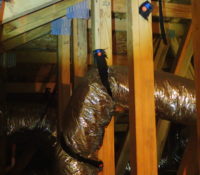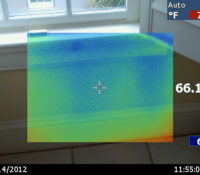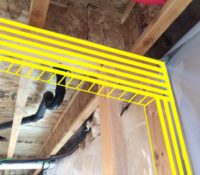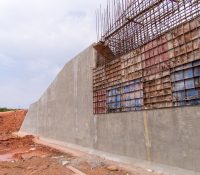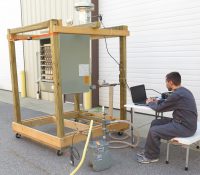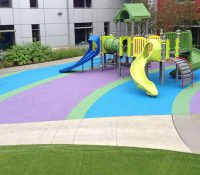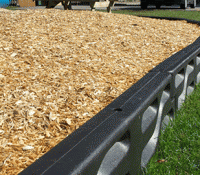Lack of HVAC System Design and Poor Installation Lead to Extreme Conditions
Construction defects can appear in many forms. The building does not necessarily have to fall down. There are many types of construction defects, including roof leaks, water intrusion into walls, as well as Heating, Ventilation, and Air Conditioning (HVAC) defects.
One extreme example of this was an office complex I was called to for an investigation of the source of mold observed on the walls. The occupants complained that they could not find a temperature setting on the thermostat where they could make the office comfortable. When I inspected the office, I couldn’t believe what I was seeing. A band of black mold Read More



